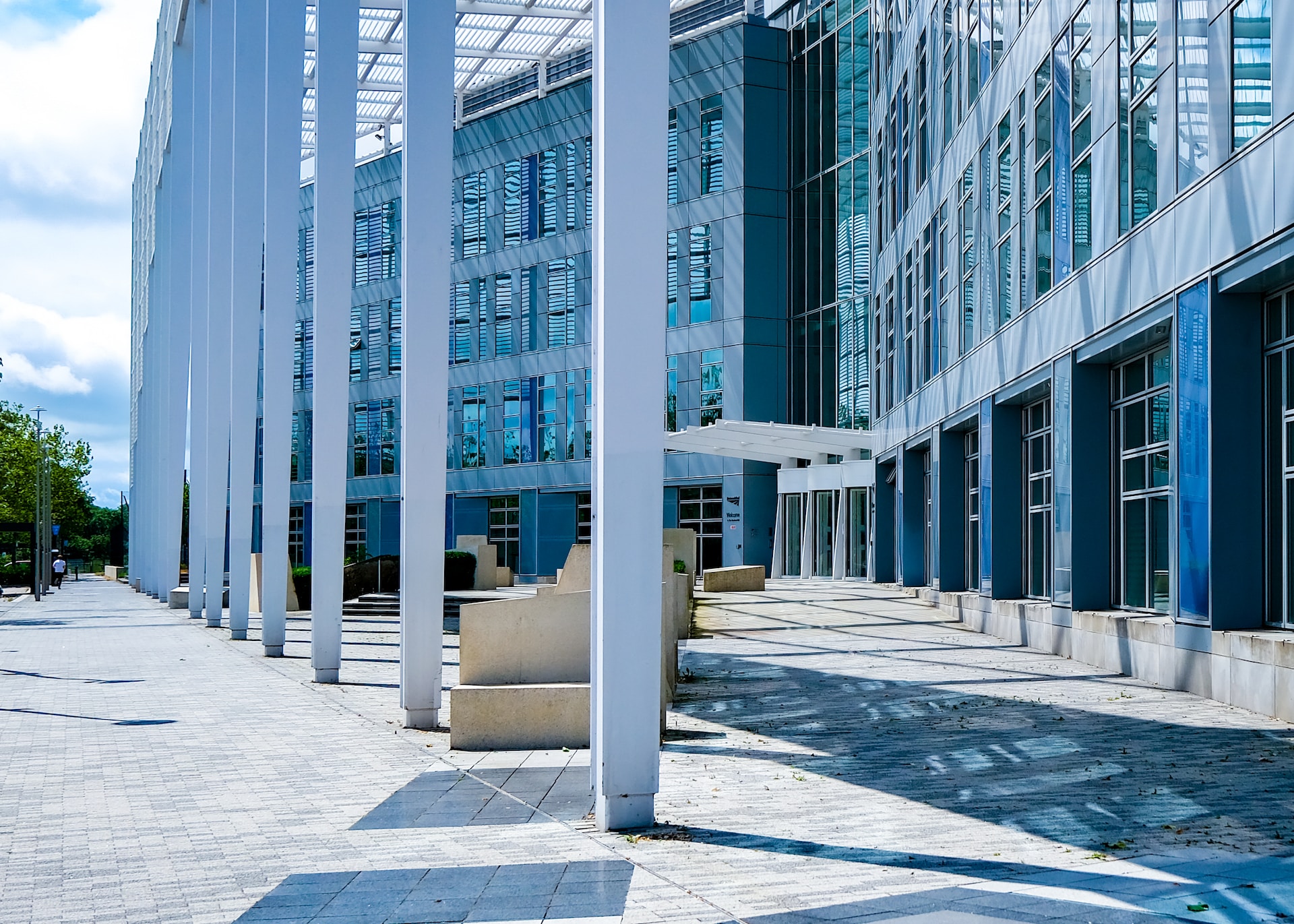
Editor-in-Chief Alex Taylor defends the concrete charm of Milton Keynes
I’m from Milton Keynes and it’s not that bad. Actually, it’s rather quite good. There, I said it. Since it was perceived to have landed from space in 1967, it’s been a reliable source of ridicule: scorned and scolded as a national joke by exclusively those who are undeniably unfamiliar with the place.
I remember having to ‘come out’ as being from Milton Keynes when I first arrived at university, receiving mockery from eighteen-year-olds whose idea of the ‘real-world’ involves coming home from public school to houses that have a name (and not a number). Where everyone they encounter in their home-county hamlet is white, cisgender and straight, and wearing bespoke clothes while they kill animals for fun, and where family money is inexhaustible, but love and comfort is not. It’s a joke that most jump onto without hesitation, a joke that undoubtedly has its origins in the middle classes mocking the displaced London working classes, it’s a joke that is exhaustingly outdated.
I’m not delusional; Milton Keynes is not perfect. Like all places it has its faults. Yet its citizens are not hypnotised zombies, indoctrinated into the cult of MK. Three-hundred-thousand people live and work there: three-hundred-thousand idiots? Three-hundred-thousand people who have no better place to go? Three-hundred-thousand people misguided, sold dreams by the false promises of concrete cows? This idea of Milton Keynes being a grey city seemingly inhabited by cars, soullessly connected by intersecting roundabouts, feels so pervasive in the national consciousness that its seemingly impossible to argue against it with sentiment alone – something I’ve done many times in vain. So, if a proud MK citizen is a seemingly irrelevant resource, perhaps statistics inhabit a more valid quality.
This idea of Milton Keynes being a grey city… feels so pervasive in the national consciousness
Milton Keynes is ranked as the fourth best place to live and work for people under thirty, and the fifth safest place to live in the UK. The idea of dystopian, Soviet architecture lining potholed tarmac lays the groundwork for the notion of Milton Keynes being an Orwellian nightmare, when in fact it’s so far from the truth; minus the potholes. MK boasts 5,000 acres of parks and greenspaces, there are 22 million trees and shrubs, that’s around 100 for every resident (technically more than the entirety of Paris), in such a density in fact that Milton Keynes can technically be classed as a forest!
Alongside this, the city has more miles of canals than Venice, and 15 lakes (more on rainy days), meaning it has more shoreline than the entire coast of Jersey. Alongside this, there are Amsterdam-style ‘red-ways’ so you can cycle from one edge of the city to the other without crossing a single road. Irrespective of the existence eco-brutalism, where does MK’s garden-like reality meet the speculation of it as a soulless pile of cinder blocks?
Of course, culture does not mean history. Despite what the rumours say, MK was not dropped out of the solar system (despite a Mars robot being tested in Milton Keynes), nor did it grow from robotic seeds, but it was constructed as the unification of several towns, villages, and hamlets, swallowing them up, absorbing their populations, and with them, their markets, ancient churches, historic pubs, rivers, ruins, and customs. Milton Keynes forges a whole new identity while cementing itself between the gaps of pre-existing settlements.
It’s worth clarifying that I fundamentally do not think it’s the best place ever, and despite the obvious job prospects, I do not work for the tourist board. But, despite its greenery and grandeur, what it sadly lacks in a unified historic identity (unlike Oxford or Bath) it more than makes up for in innovation and technology. So, if pedals aren’t your thing, there’s always Silverstone racetrack (yes – the British Grand Prix is hosted near Milton Keynes), or if you prefer the smell of circuit-boards to burning rubber, driverless car trials have taken place in MK, driving around the roads lined by ‘red-ways’, which are in turn adorned by a fleet of delivery robots.
Milton Keynes is a home, an ethnically diverse home to a constantly growing, proud population, shamed and subjugated into not openly being able to express where they’re from. I understand statistics do not mean character, but a cultural fascination with aesthetics aside, is being the victim of an inefficient urban landscape worth having a cathedral on your doorstep?
Milton Keynes is a home, an ethnically diverse home to a constantly growing, proud population
Milton Keynes is more than the glare from its glass buildings, it’s more than an experiment, more than a soulless, cultureless void. Milton Keynes is innovation, Milton Keynes is city amenities in the countryside, Milton Keynes is Leah Williamson, Greg Rutherford, Nadiya Hussain and Dele Alli. Milton Keynes is a gay man inventing the computer to defeat fascism. It’s also where I grew up, where my family lives, and where over a quarter of a million different people live. Give it the respect it deserves.
Read more Comment articles here:
Pressured Parenting: How do we balance paid work and parenting?
